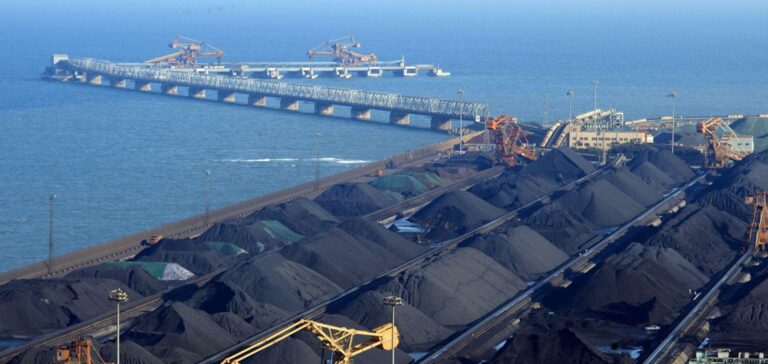Australia is proposing a subsidy for coal and natural gas-fired power generation.
The aim is to solve a problem which, according to the country’s energy market operator, does not exist.
Australia relies on coal and natural gas production
The Liberal-National Conservative coalition government of Australian Prime Minister Scott Morrison is backing a plan to introduce a Physical Retailer Reliability Obligation (PRRO) mechanism whereby electricity retailers would be required to pay generators for unused capacity if and when necessary.
Federal Energy Minister Angus Taylor announces that payment for unused capacity is necessary to ensure that the electricity grid is stable and has sufficient supply, and that the PRRO would be technology-neutral in that battery farm and pumped hydro operators would also be eligible to receive payment.
Unused coal and gas capacity
In fact, the vast majority of Australia’s unused capacity on the electricity market in the populous eastern and southern states comes from aging coal-fired generators and often idle natural gas power stations.
Australia’s electricity system is divided into two parts.
On one side is the NEM, which connects the most populous states of New South Wales, Victoria and Queensland.
As well as Tasmania, South Australia and the Australian Capital Territory.
On the other hand, the State of Western Australia and the Northern Territory operate separate power grids from the NEM.
They are unable to export or import electricity from the rest of the country.
Government refuses to commit to carbon neutrality by 2050
Prime Minister Morrison and members of his government have refused to commit to a net zero emissions target by 2050, putting Australia out of step with much of the rest of the world.
However, even the current target of keeping emissions 26-28% below 2005 levels by 2030 will be difficult to achieve.
Unless more coal and natural gas leave the electricity grid.
The AEMO report clearly indicates that the energy market is in transition.
4.4 GW of new utility-scale generation and storage capacity is expected online over the next five years.
Much of which will come from renewable energies.
Another 8.9 GW of residential and commercial rooftopsolar is also expected to be added to the market, according to the report.
Renewable energies can replace coal
This will be more than enough to offset the planned retirements of coal-fired power plants, states AEMO in its 2021 State of Electricity Opportunities report.
What the market operator does recommend is to work on improving the transmission network to cope with the growing share of renewables in the market.
In the run-up to COP26, the world’s 15th-largest CO2 emitter must therefore pledge its climate commitments to the international community.






















